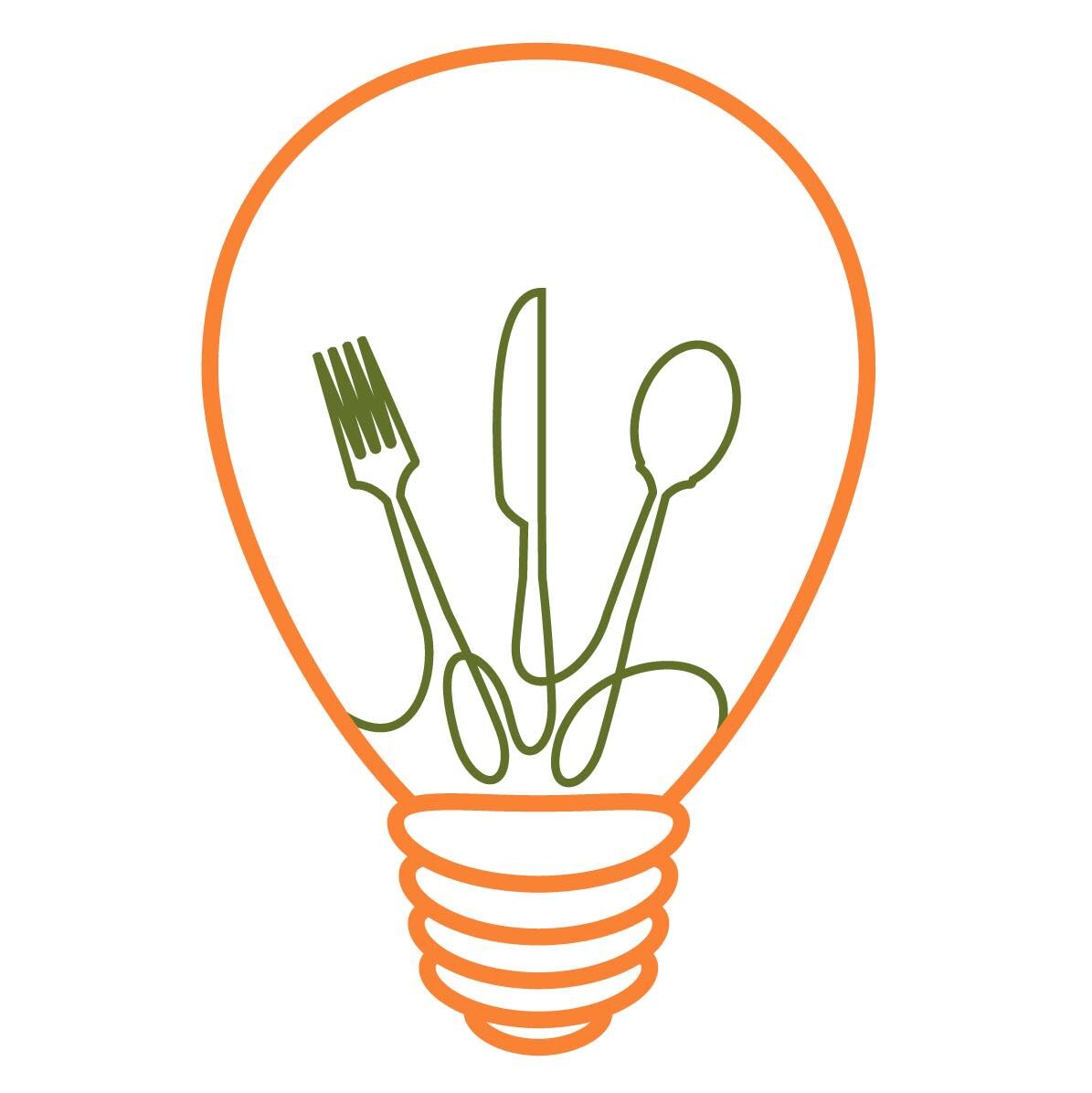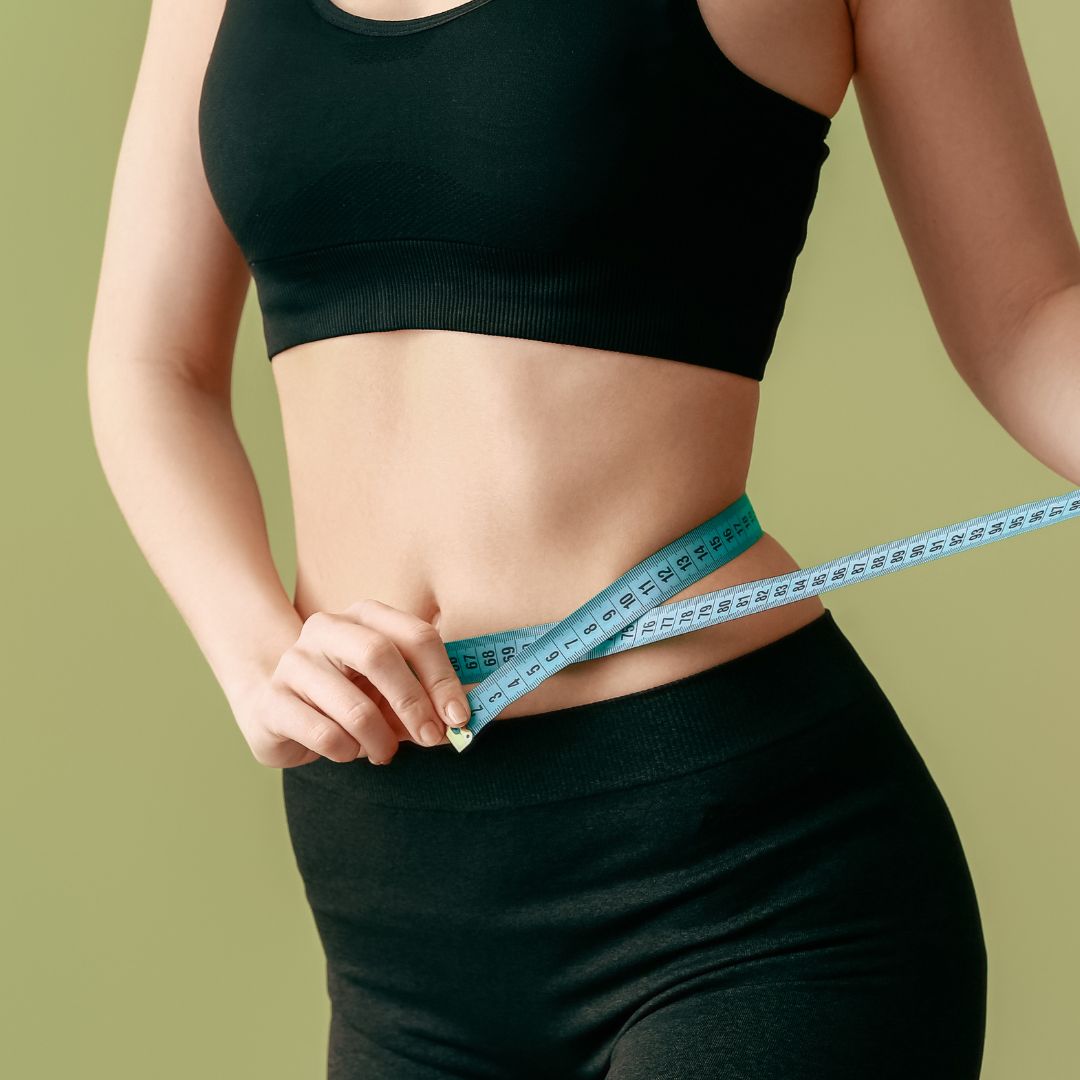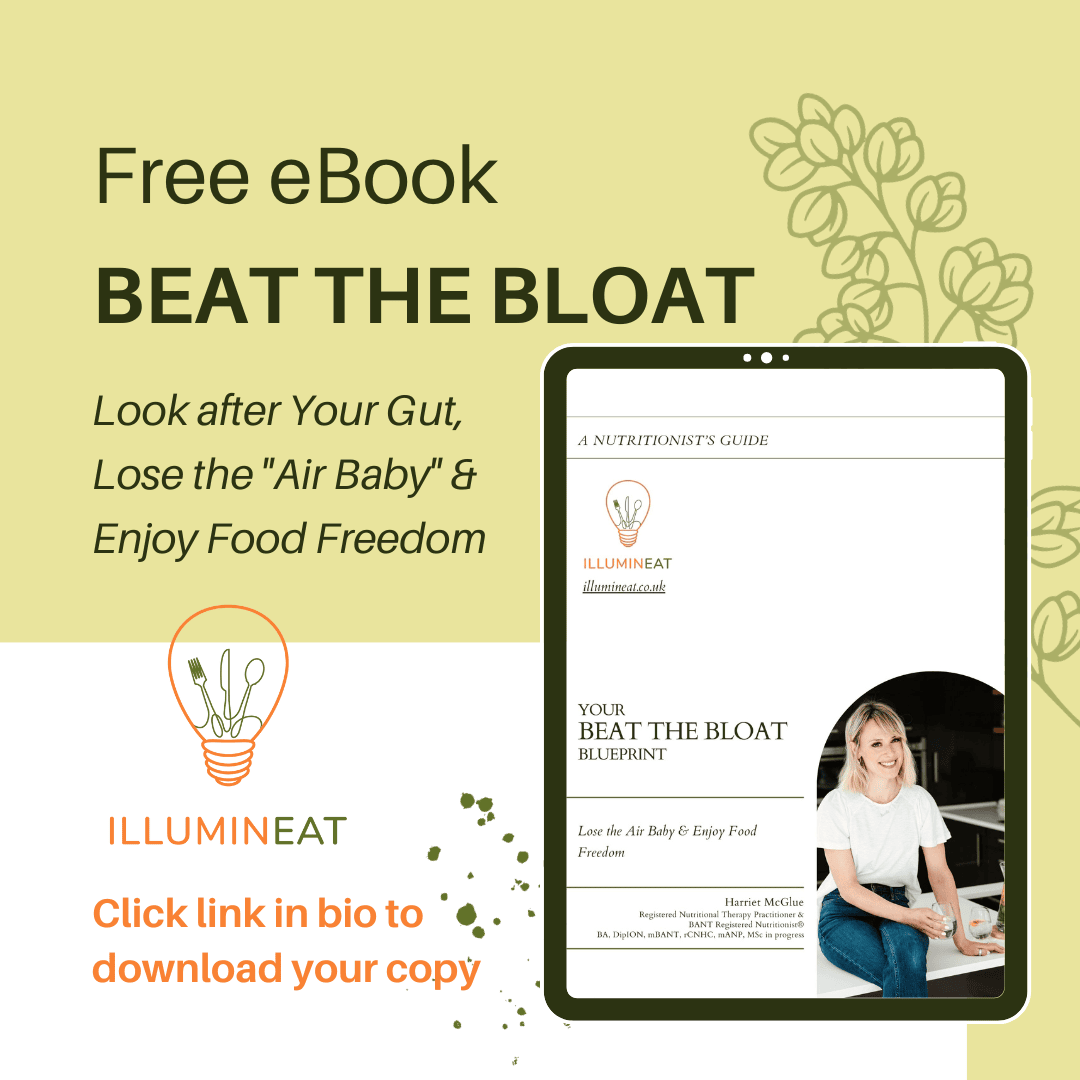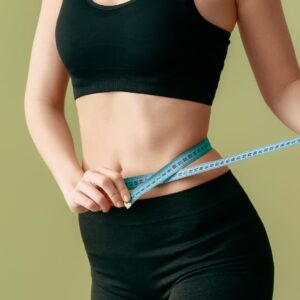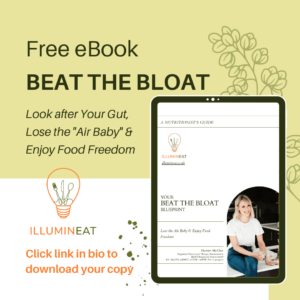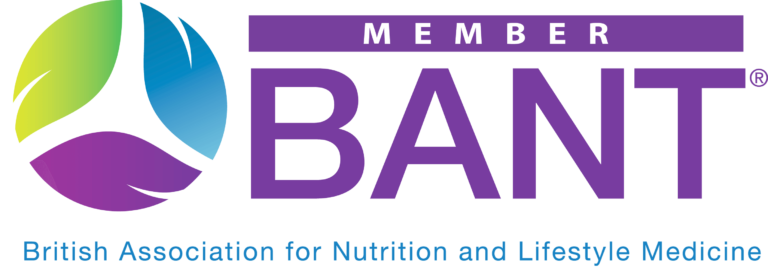Ensuring our blood sugar (technically, glucose) remains balanced throughout the day is a fundamental principle for health and wellbeing.
Carbs 101
When we eat carbohydrates (that’s sugars, starches and fibres found in fruits, grains, vegetables & dairy), they are broken down into glucose. The amount of glucose in our blood is very tightly controlled as too much (or too little) is harmful. As sugar enters the bloodstream, a hormone called insulin is released by the pancreas to drive glucose into our cells where it is used to make energy (ATP) or stored for later.
Some foods help regulate our blood sugar and keep it nicely balanced because they are digested – and release their sugar and energy – slowly. This is a good thing as it keeps our insulin levels healthier over time. Fat, protein and fibre have very little effect on our blood sugar and insulin levels. This means that eating fibre-rich whole grains, legumes, nuts, seeds and veggies helps promote healthy blood sugar balance, as does eating protein and healthy fats alongside our carbs.
It is normal and healthy for our blood sugar level to rise after we eat, but what we don’t want is it to “spike” excessively, remain elevated for too long and finally “crash” below where it started. Instead, we want to “flatten the curve”: think gently undulating hills rather than mountain peaks and valleys!
Other foods like sugary treats, snacks and desserts, bakery items and white carbohydrates (pasta, rice, potatoes etc) are broken down and release their sugar and energy quickly. As our blood sugar spikes, our insulin does too – and often our glucose dips below where we started as the rush of insulin takes effect.
In the short term, blood sugar spikes and dips can leave us hungry, cranky, craving more sugars and starchy carbs, tired – even light headed and nauseous. Longer term, poor blood sugar control often leads to chronically raised insulin levels, insulin resistance and type 2 diabetes as well as promoting weight gain and chronic inflammation.
What can I do to support healthy blood sugar balance?
1. Pair protein, fat & fibre with your carbs, to elongate the BS curve
These elements slow down digestion, regulate hunger hormones, promote satiety (fullness) and avoid the blood sugar “rollercoaster”. What does this look like in practice? No “naked” carbs! This is less likely at meal times, but watch breakfast & snacks. Good options include:
-Oat cake + avocado, almond butter, hummus
-Apple slices dipped in peanut butter & mixed seeds
-Berries with full-fat Greek yoghurt
-Chopped veggies with bean dip
-Tuna or boiled egg with sourdough toast
2. Eat your food in the right order: fibre first, protein/fat second, carbs last
This simple tweak to timing can make a big difference. “Line” your stomach with a green salad or some steamed/roast/sautéed veggies, then tuck into your meat/fish/tofu/curry and have your potatoes or rice last. Just when it’s easy to do, of course! Same food, very different impact.
Because of tips 1&2, you can see it’s better for blood sugar balance to eat our cake (or whatever sweet treat) as dessert at the end of a meal than mid- morning or mid-afternoon on an empty stomach.
3. Choose low GL (glycemic load) options more often
You’ve probably heard of low GI foods: They contain carbohydrates that take the body longer to break down and raise blood sugar levels more slowly. For example, beans, bulgar wheat, barley, steel cut oats and sweet potatoes are all better carbs than white bread, rice and pasta. You can easily search for the GI of common foods online. Unfortunately, looking at the GI can be misleading because it doesn’t take into account the whole food or serving size. If we just look at the GI, chocolate cake appears to be a ‘healthier’ option than parsnips or watermelon! The GL is more useful as it looks at both GI and a typical serving size of that particular food.
4. Go savoury for breakfast
The first meal of the day is the most important for blood sugar regulation; we don’t want to start the day with a giant spike followed by a crash! Choosing high-protein foods with some healthy fats and fibre is ideal. This will positively impact appetite, cravings and mood throughout the day. Eggs are amazing for breakfast for this reason: How about a lovely roasted veg frittata or a cheesy greens omelette? Smashed avo on sourdough with a poached egg & spinach? Baked beans & scrambled tofu? Also nuts, seeds, full fat yoghurt or kefir, low sugar granola & berries are great if you just can’t get your head around savoury in the morning!
5. Is fasting good?
Unless you’ve been living under a rock, you’ve probably noticed that fasting is the new must-do health trend. While fasting can be great for some, it generally is not recommended for those with poor blood glucose control (or other hormonal issues like poor thyroid function etc.)
Tune into your body. When do you feel hungry? Are you a breakfast person? How do you feel if you don’t eat for hours after waking up?
Most of us can benefit from time restricted feeding, on the other hand. This simply refers to maintaining a smaller eating window and trying not to snack in between. The easiest way in, is to start with a 12 hour fast overnight (by eating dinner a bit earlier or pushing breakfast a bit later and not snacking into the evening) and gradually increase the fast/narrow the eating window.
6. Watch the caffeine
Any stress can affect our blood sugar: Emotional and mental stress, lack of sleep, physical stress like a HIT workout….or caffeine! Coffee has lots of health benefits (I’m a big fan!) but it does increase stress hormone levels which can spike our blood sugar as stored glucose (glycogen) is released from our liver to help us deal with the perceived ‘threat’. A gush of insulin follows to wick away the glucose, et voila! A blood sugar crash caused by caffeine-induced stress.
7. Use vinegar
Bear with me on this one…it sounds a bit “out there” but is backed by some impressive evidence. If we start our meals with 1 dessertspoon of vinegar (any vinegar, but I reckon apple cider vinegar tastes best) in a glass of water, we flatten the glucose and insulin spikes. You can use the vinegar in the meal if that sounds better to you- in a salad dressing, over your fish etc. This is a great tip to use when you’re indulging in a delicious brownie or other sweet treat. How does it work? The acetic acid in vinegar temporarily deactivates the enzyme that breaks sugar & starch into glucose in our mouths. This means the sugar hits our bloodstream more slowly. And if you still need convincing? It helps burn fat too.
8. How insulin sensitive we are varies
…according to our age, how well-slept we are, how stressed we are, our time of the month…and other factors! With increasing age we need to be more careful. When we’re overtired, overworked, or had a string of bad nights we need to be careful. We handle sugar less well in the run-up to our period too (a cruel irony given that’s when the chocolate cravings tend to hit!).
9. We are all bio-individual
In an ideal world, we would all have access to a continuous glucose monitor (CGM) and use it to determine what spikes our blood glucose. In the absence of that, stick to these general principles and you’ll be ahead of 95% of people!
I can’t recommend a CGM highly enough. Why not test rather than guess what makes you spike? You might be really surprised…many people find some “healthy” foods like porridge, bananas, oat milk etc. are pretty disastrous for them personally.
